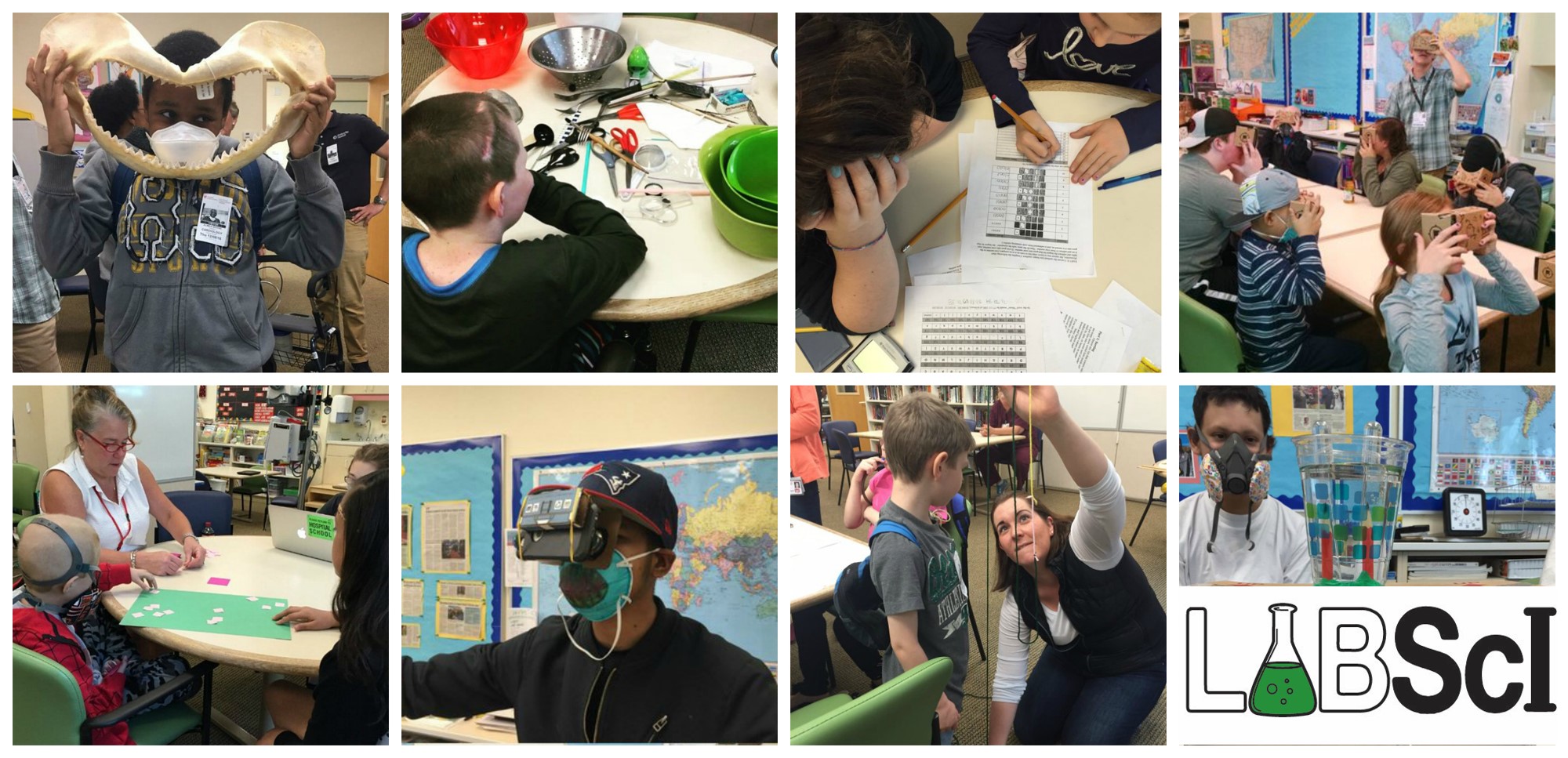Click on each lab to learn more about its recommended prerequisites, key concepts, and materials. Please feel free to download and use any material found on this site. Each lab has a student version, as well as a teacher version that contains background information about the topic, tips for how to lead the lab, and answers to discussion questions. Some labs have an additional advanced student version, which is typically the same as the student version except it includes a bit more in-depth analysis and/or quantification of results. In general, the labs should fit the needs of middle school and high school students, but some are recommended more for one age group over the other.
Botany: Plant Dissection
In this lab, we will learn about the structure and function of plants, and how plants are useful in our everyday lives.
Cell Diffusion & Permeability: See-Through Eggs
In this lab, students will learn about the permeability of the cell membrane. By studying the ability of a shell-less egg to absorb various solutions, students can see how membranes can regulate a cell’s interaction with its environment.
Circulation & Respiration: Vital Signs
In this lab, students will explore the circulatory and respiratory systems. Activities include measuring lung capacity, blood pressure, and heart rate.
Digestive System: Where does food go?
In this lab you will learn about your digestive system. We will use everyday objects like yarn and a ziplock bag to understand how long our digestive system is and how it breaks down all of the tasty food you eat.
DNA Structure: Gumdrop Modeling
In this 3-part lab, students will get an up-close and personal look at DNA, including its structure, how that structure is important for its replication, and how it is packaged and regulated.
Enzymes: What’s in your spit?
In this lab students will investigate a few of the different enzymes from our body. You will learn how these enzymes work and how their activity is dependent on factors such as heat, pH, and concentration.
Genetic Equilibrium: Human Diversity
In this lab, we will investigate population dynamics by testing the Hardy-Weinberg Principle with relation to allele frequencies.
Nervous System: Reaction Time
In this lab, students will learn about reflexes and measure their reaction time to various stimuli.
Photosynthesis: How do plants get energy?
In this lab, students explore the process of photosynthesis in spinach leaves. As oxygen is produced, the density of the leaves change and they will begin floating in a sodium bicarbonate solution. The time it takes for a certain number of leaves to float can be used to calculate the rate of photosynthesis.
Population Dynamics: Predator/Prey
In this lab students will simulate the population dynamics in the lives of bunnies and wolves. They will discover how both predator and prey interact with each other and affect the number of individuals in a given region. If there are no predators and the food source is unlimited – unlimited carrying capacity – then the population of bunnies will grow in a non-linear fashion.
Taxonomy: Who is in my family?
In this lesson, we will find out more about how organisms are classified into various groups by learning how to use a dichotomous key to identify specific species in a collection of different organisms.
Vision Lab: How does your eye work?
In this lab, you will explore some of the capabilities and limitations of the eye. Students will look at the extent of peripheral vision, the size of the blind spot, depth perception, and color vision.
